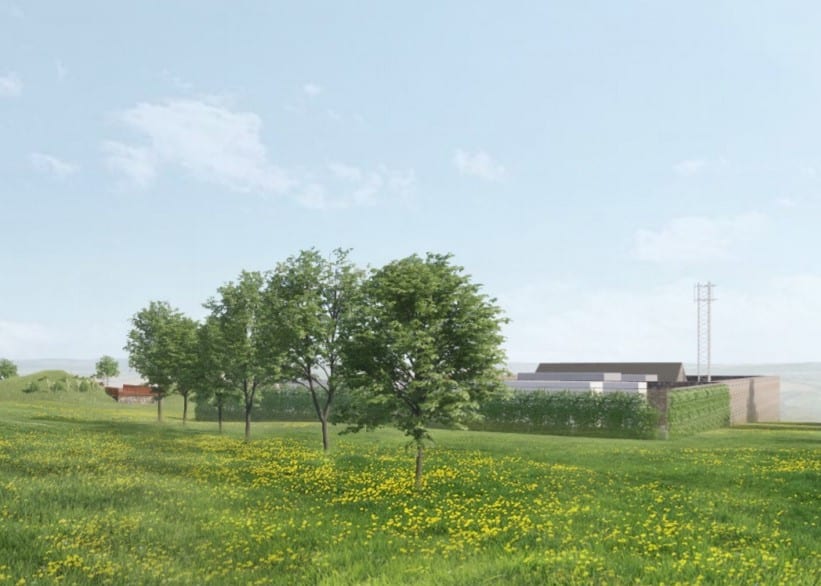Plans to develop a new renewable energy centre at Langarth Garden Village have reached a major milestone – as work begins on the construction of the pioneering development.

Last year the Council earmarked £3.5m to develop the new energy centre which will play a key role in delivering Cornwall Council’s climate change strategy and provide low cost green power for residents. This innovative scheme was granted planning permission in January 2021 and now work has begun on constructing the new centre.
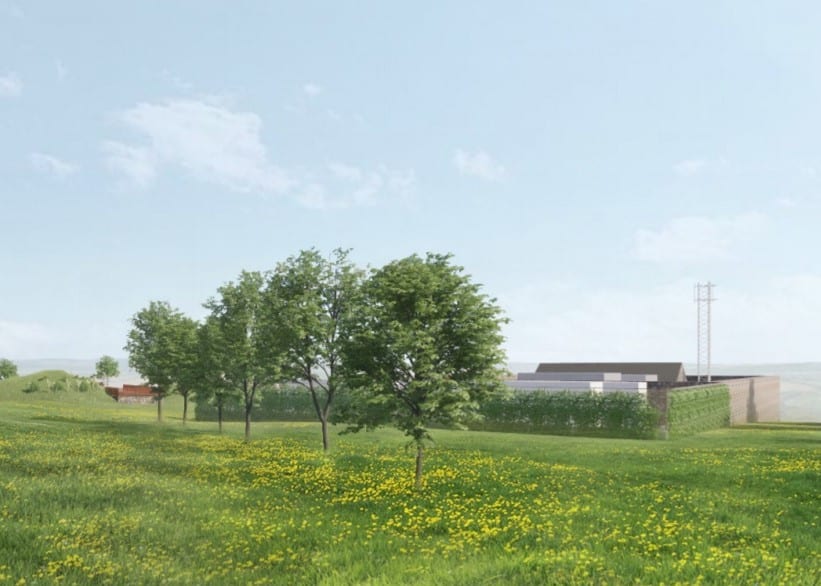
What is an energy centre?
Located next to the park and ride, the centre will provide a central hub for electrical power to the site, bringing together on-site and off-site renewable energy. It will include a transformer compound to house the electricity substation which will have a capacity of up to 24 megawatts. There will also be a battery compound which will maximise the use of renewable energy on the site for the benefit of Langarth residents and local businesses.
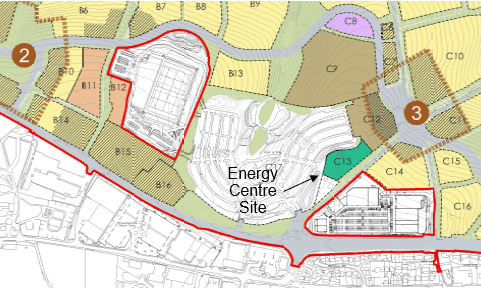
Heat pump technology, higher levels of insulation and solar panels will be used to power and heat homes, offices and other buildings.
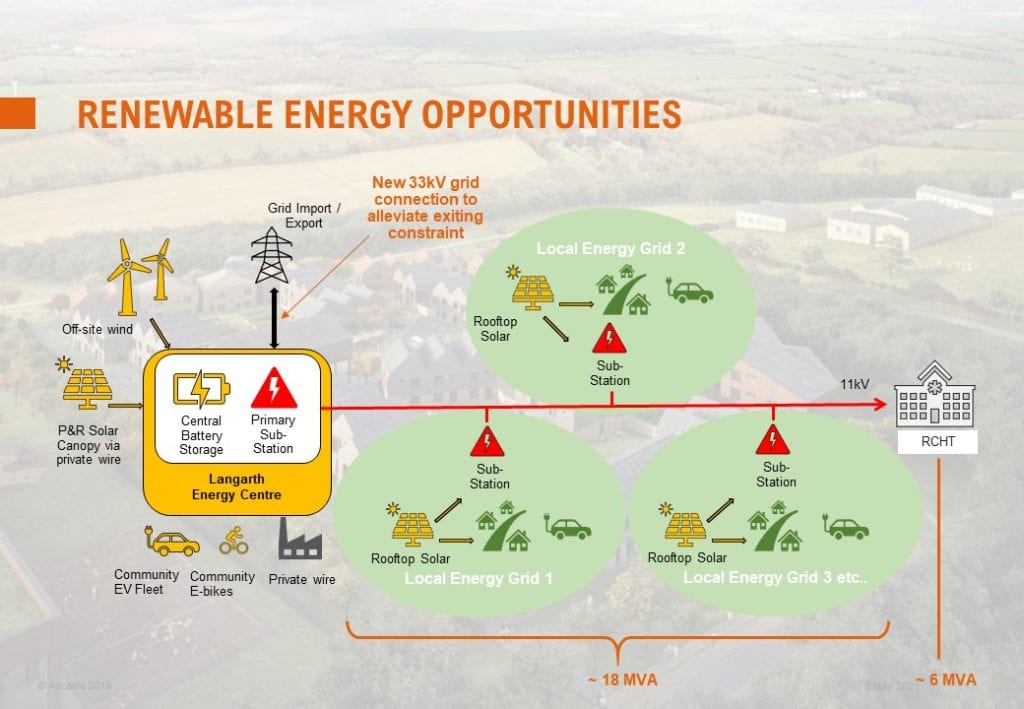
With the additional power generated by the centre helping to ease existing constraints on the national grid, the team is also exploring the potential to support the new Women and Children’s building, and other planned improvements at the Royal Cornwall Hospital, as well as serving Langarth Garden Village.
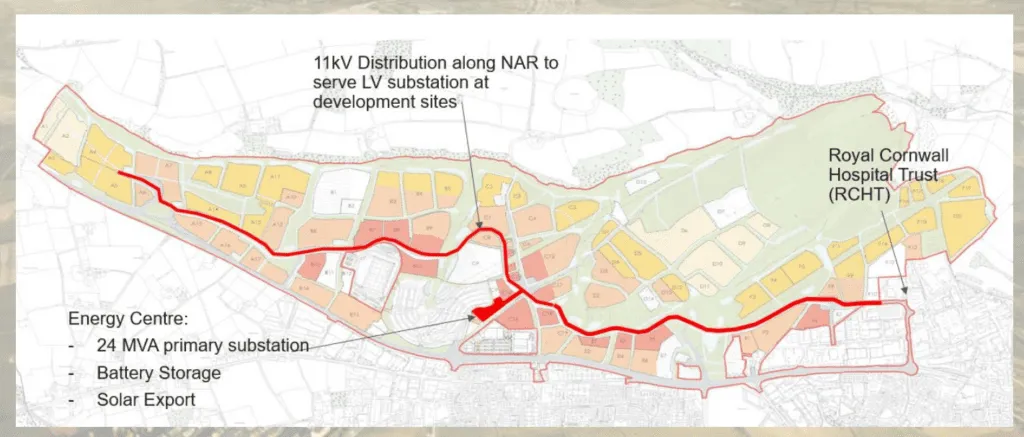
Electric vehicle charging points will be provided for every house. The energy centre will be connected directly to the grid, giving both security of supply and allowing any excess energy to be exported.
Together these measures will deliver net zero carbon homes with low running costs for residents, as well generating an income from the sale of surplus power back to the grid.
How will the energy centre benefit residents?
By ensuring a greater use of renewable energy created and used on site, and increasing capacity to support the future use of electric vehicles, the centre will play a key role in helping Langarth, and the Council, to move away from carbon dependency.
The buildings and compounds will be surrounded by a combination of stone gabion walls and planted green walls. In keeping with the project’s green Garden Village ethos, wild flowers will also be planted around the buildings to enhance bio diversity and provide a variety of natural landscape features, as well as a number of new trees and a new Cornish hedge.
A new pedestrian footpath will connect the existing quiet lane to the park and ride and there will also be a viewing platform looking north over the energy centre, with descriptive maps of the garden village. Information boards and educational opportunities will be provided to describe the role of the centre and help people understand how future communities will be powered.
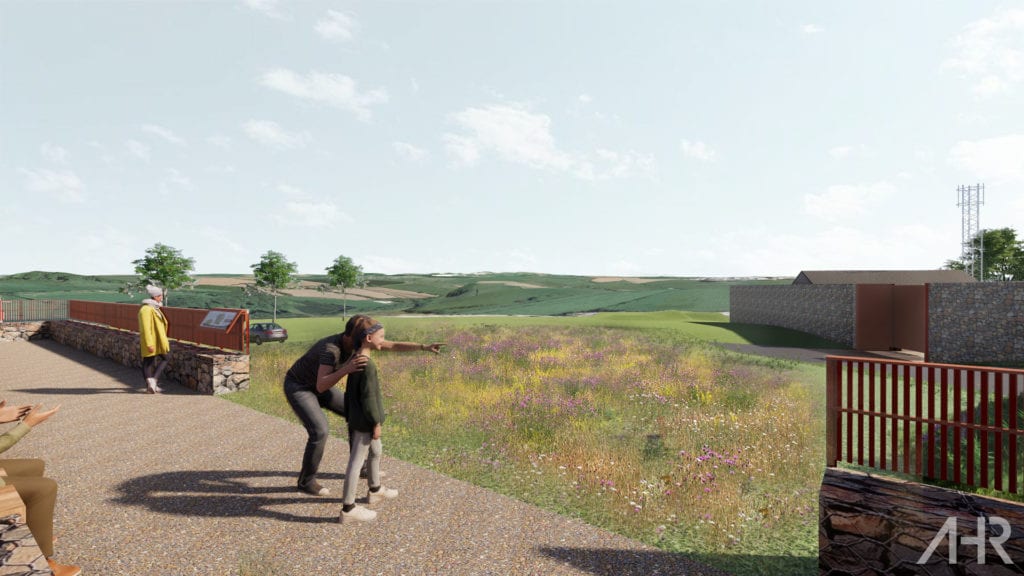
Ends
